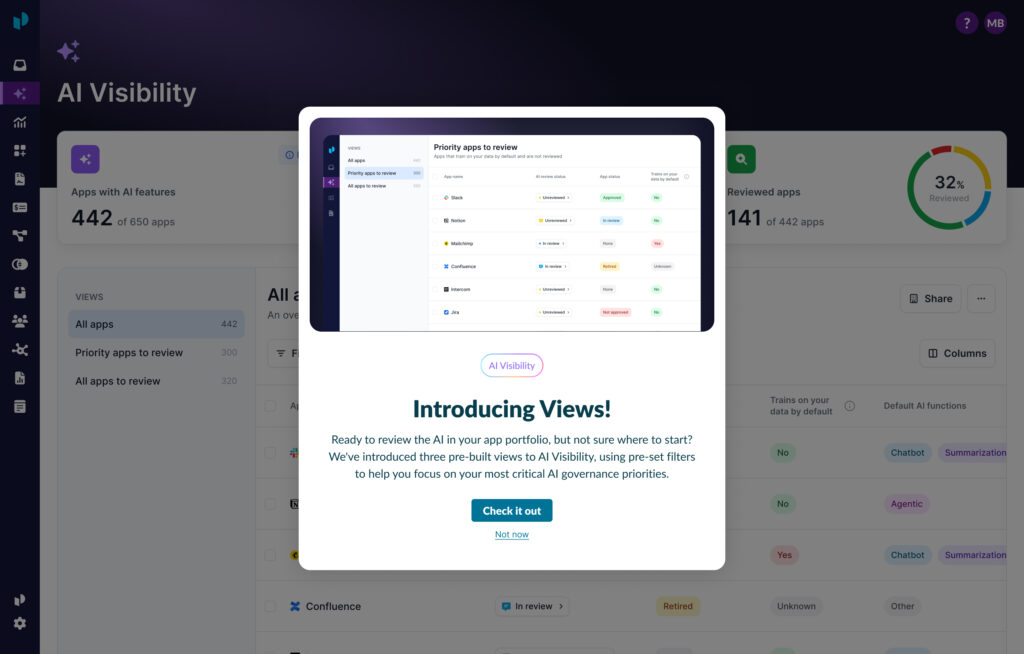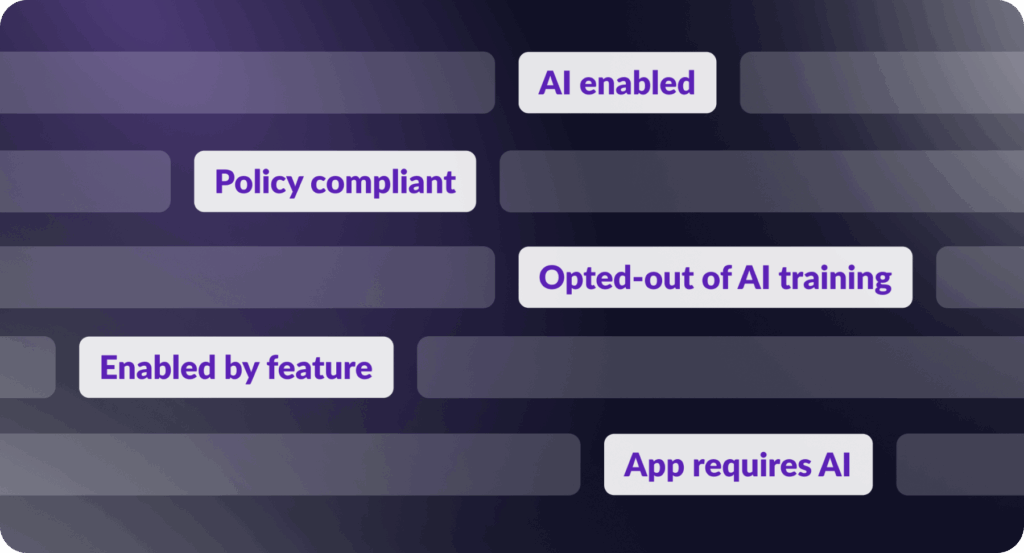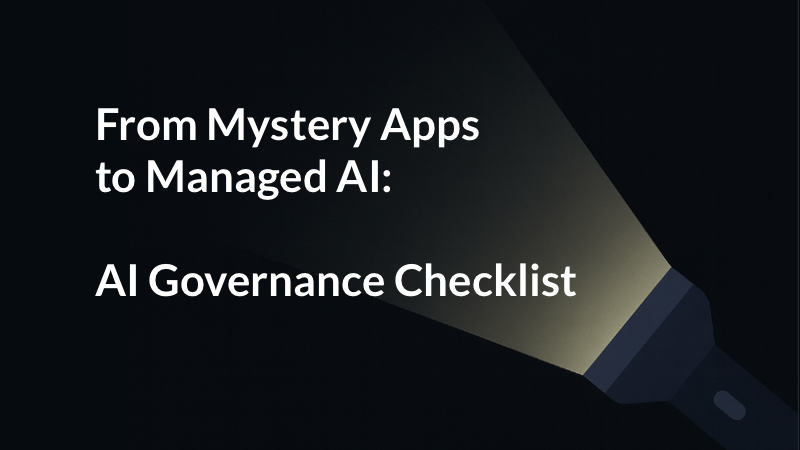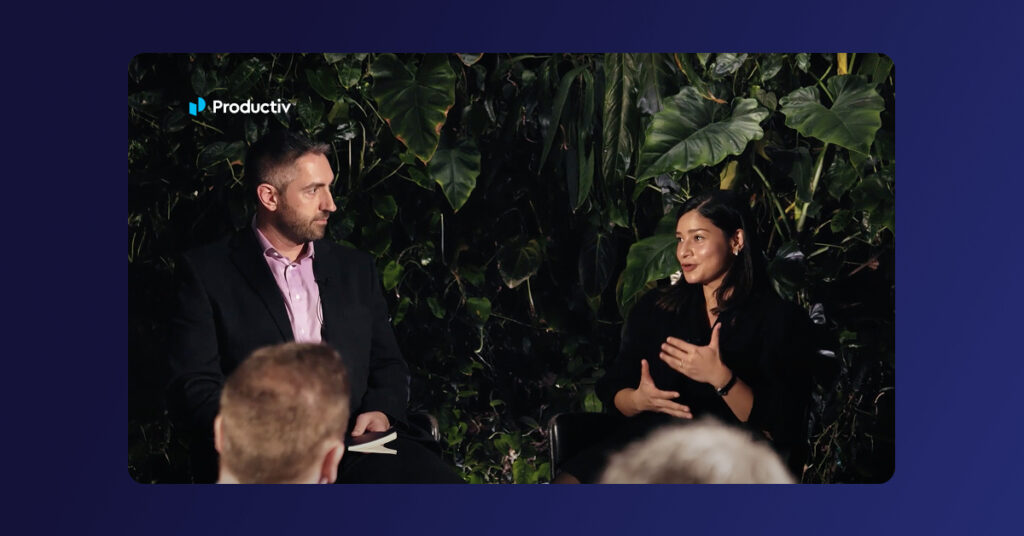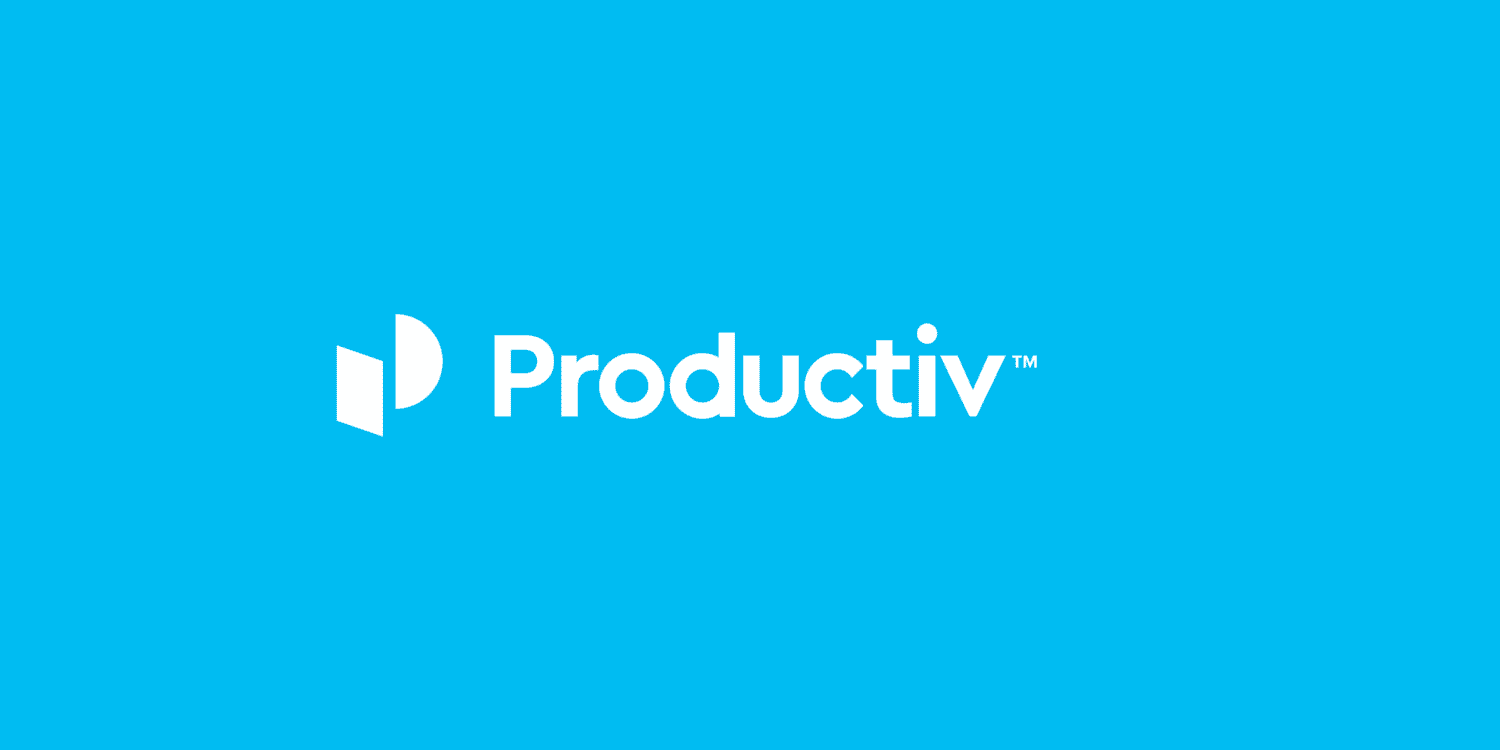
How to Manage and Optimize Application Ownership
Any software as a service investment shares two common characteristics: you have a problem to solve and you want to find a solution to solve it. If you’re the one making the purchase, you become the application owner. This process is repeated ad nauseam throughout the organization with multiple apps and application owners.
In theory, this approach makes sense. Any expenditures on apps should directly correspond with the value the app brings to your business. Therefore, your apps are believed to bring value because of the problems they were chosen to solve.
In reality, the growing conglomeration of apps within an organization can lead to confusion, underutilization, and overpayment. This is especially true in our current landscape of remote work, where new apps have been brought in to facilitate a quick transition without the typical exploration process. When this happens, the apps you’re paying for start reducing the value they were intended to create.
One approach to prevent app value attrition is to gain a stronghold on application ownership. By gaining a deeper understanding of what apps are being purchased and by whom, why apps are purchased, and how they’re used, IT departments can provide better support to users and maximize the value of software investments across the organization.
Why Companies Need an Organized Approach to App Management
Historically, IT departments are tasked with bringing an organization’s apps and technology under their umbrella. But with the growth of software as a service, many app investments have left IT out of the conversation.
This is because department leaders and employees can easily sign up for free apps or trials or use company credit cards while bypassing IT altogether. What’s more, since SaaS apps are now in the cloud, IT’s role in app deployment and setup has drastically been reduced.
As a result, application ownership becomes disparate. No longer does IT assume the role of app owner for all software tools. This poses several challenges for IT and the organization as a whole:
- IT no longer has a firm grasp on all of the tools technologies being used by the organization. This lack of insight can lead to complexities in network security and could leave users vulnerable.
- As app owners leave the company or move to different departments, the apps they purchased are still in play but have no owner. This often leads to paying for apps that are no longer needed or being used.
IT management processes have not caught up to this shared responsibility of technology, which has created a multi-faceted problem. Even though IT isn’t purchasing all the apps in the organization, they’re still left holding the bag when it comes to scalability and integration with other apps and workflows. They’re also the go-to resource for troubleshooting when something goes wrong. Too often, IT teams see apps for the very first time when they’re being called upon to troubleshoot.
App ownership matters to facilitate the process of IT being as strategic as possible, regardless of who initially owns the app. Without the benefit of a bird’s eye view into app usage and spending, organizations are susceptible to having duplicate applications, orphaned subscriptions, and overall decreasing value.
The Benefits of Optimizing Application Ownership
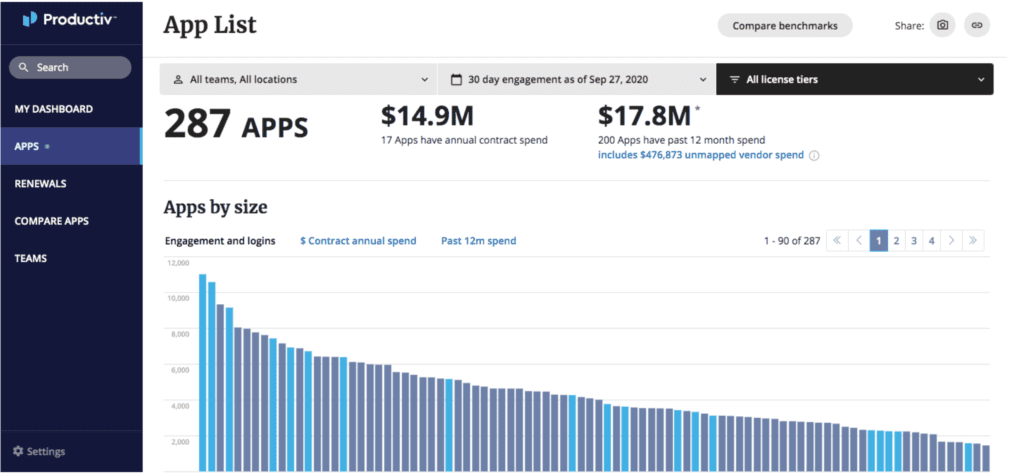
An effective way to maintain app value while decreasing the negative side effects of a growing app portfolio is to centrally manage the portfolio. This allows owners to maintain application ownership while also creating a more supportive structure for software investments throughout the organization.
Here are some of the benefits that come with improving app ownership optimization using Productiv’s SaaS management platform:
Build a Stronger IT Department
IT’s functions have evolved with technology. No longer tasked with just network security, computer setup, and systems maintenance, IT is also taking on more of a consulting role when it comes to software expenditures. This is partly because whatever software tools a company invests in, users will look to IT when something goes wrong and they need support.
Another increasing role of IT is to be part of budgeting conversations and help companies strategically invest in software tools. This often includes negotiating enterprise-wide licensing with vendors and thinking about long-term scalability as the company grows.
Centralizing app ownership management with Productiv can empower IT to continue making these mission-critical decisions. Productiv helps IT visualize and understand how apps are used and how often they’re being used. With this intel, IT can have more meaningful conversations with app owners to maximize the value of each investment.
Drive Meaningful App Engagement
One of Productiv’s most notable features is the ability to dial in on how specific apps are being used. Once you develop your app portfolio, IT admins can visually see the ROI delivered by each app based on user adoption, engagement, and collaboration patterns.
IT teams can see how users or teams are adopting specific apps or features. These patterns may also reveal the need to provide user training and onboarding to increase adoption and usage. By increasing engagement, organizations are better positioned to get more value out of their existing applications.
Reduce SaaS Spending
The deeper level of insights into engagement, usage, and collaboration serve to justify app spending and license sizes. Before new apps are brought on board, IT can see whether they’re fully utilizing the apps they already have (and are already paying for). It could be that a new solution isn’t needed, but rather more licenses are needed for an existing solution.
It also allows IT to identify apps that could be eliminated from the portfolio altogether. Apps that no longer have active owners, features that overlap with other apps or apps that haven’t been used in months or years can free up financial resources that can be put toward increasing licenses for better tools.
Boost Productivity
When extraneous apps and clutter are removed and users are properly integrated with the right apps, an increase in productivity becomes a natural byproduct.
With Productiv’s visual data storytelling, IT teams can gain this insight into app usage per employee to identify redundancies that could be killing their productivity. This way, employees have only the tools they need to do their job and can avoid app fatigue.
How Productiv Simplifies Application Ownership Optimization
Managing app ownership is one of many tasks that IT teams grapple with on a daily basis. The shift to remote work has only complicated this challenge as teams are scrambling to facilitate new processes and are turning to SaaS tools to do it.
Productiv’s centralized management platform helps you organize application ownership by providing a bird’s eye view into your entire app portfolio. Start SaaS Management for Free with Productiv Essentials to see how we’re helping IT teams stay proactive and productive in managing your app stack.
About Productiv:
Productiv is the IT operating system to manage your entire SaaS and AI ecosystem. It centralizes visibility into your tech stack, so CIOs and IT leaders can confidently set strategy, optimize renewals, and empower employees.

